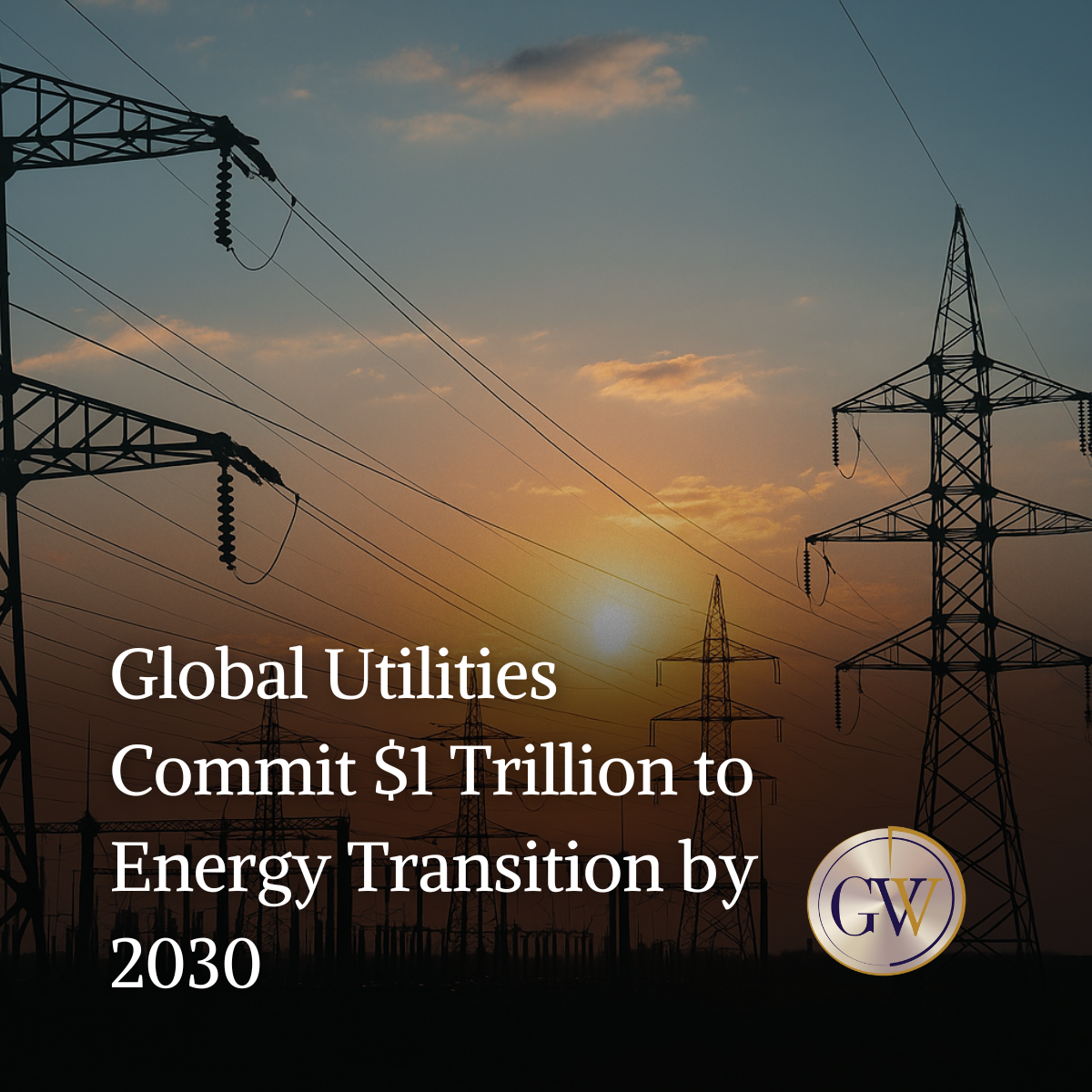Global Utilities Commit Over $1 Trillion to the Energy Transition by 2030
At COP30 in Belém, some of the world’s largest utilities set out an unprecedented collective plan: more than US $1 trillion in energy-transition investment by 2030. According to IRENA, the group’s annual spending ambitions have now risen to US $148 billion per year, a sharp increase from previous commitments of US $117 billion.
The focus of this capital is clear. Grid expansion and modernization — long seen as the “missing link” in renewable integration — is moving to the center of global energy planning. Utilities emphasized the need for accelerated transmission build-out, cross-border interconnections, large-scale storage, and digitalized infrastructure capable of managing more volatile, renewable-heavy systems.
The message from Belém was not simply about ambition but about scale: aligning the power sector with climate goals requires investment at a pace and magnitude not seen in decades. The utilities’ commitments mark an inflection point in that trajectory, bringing long-range plans closer to real-world deployment.
For global markets and long-horizon allocators, the signal is unmistakable. The energy transition has moved beyond pilot projects and policy frameworks; it is entering a phase defined by industrial build-out, hardware, and grid infrastructure. In that shift lies the emerging architecture of the next energy economy — one measured not just in megawatts, but in the durability and reach of the systems that support them.

